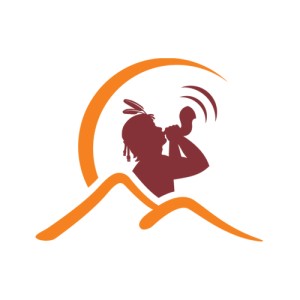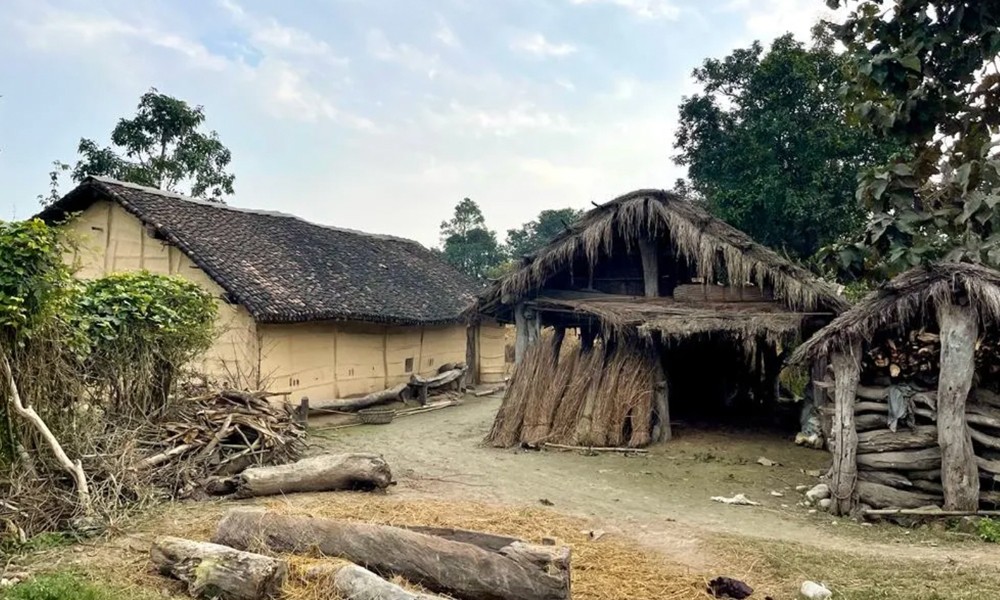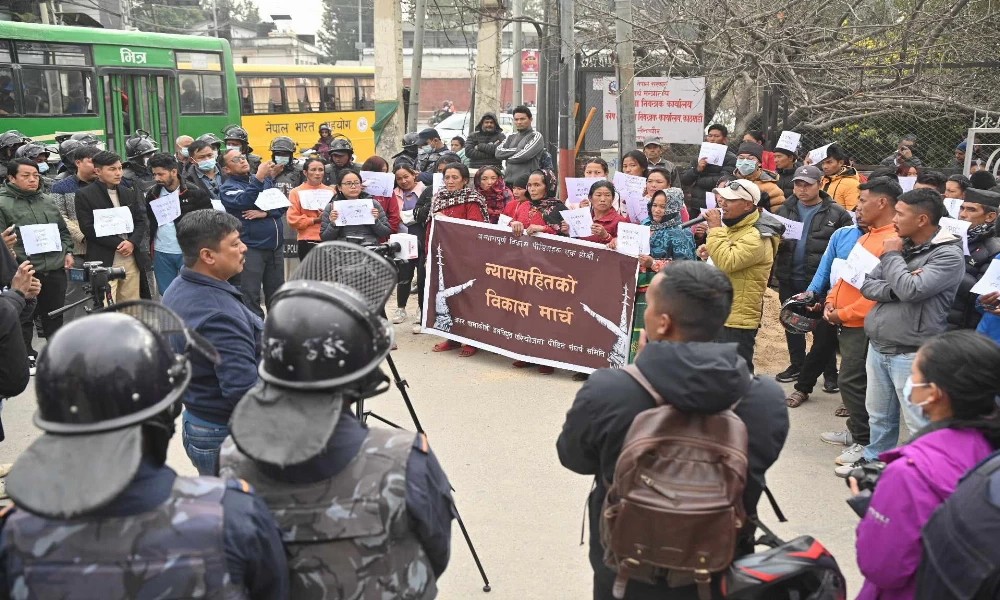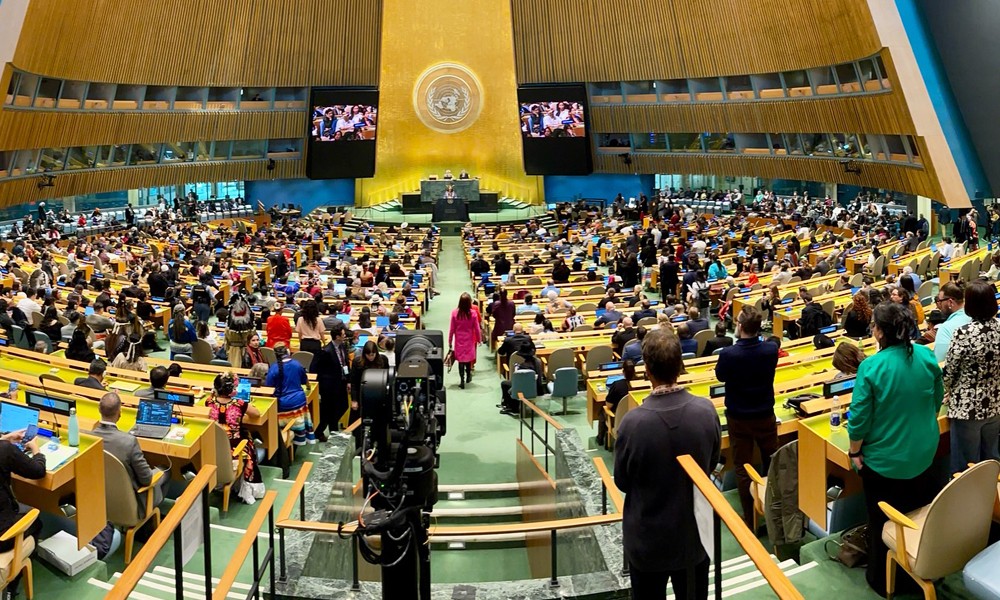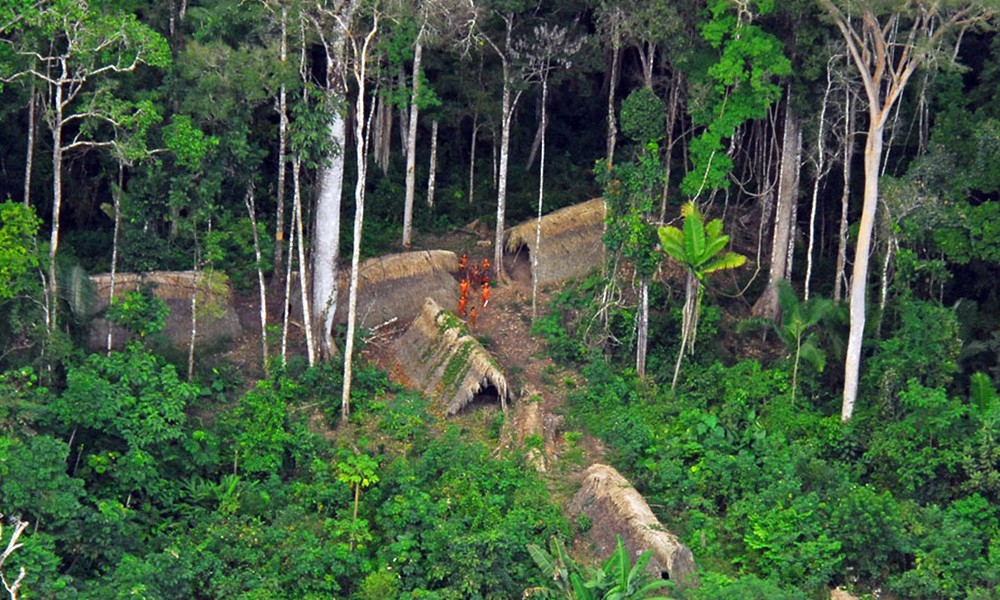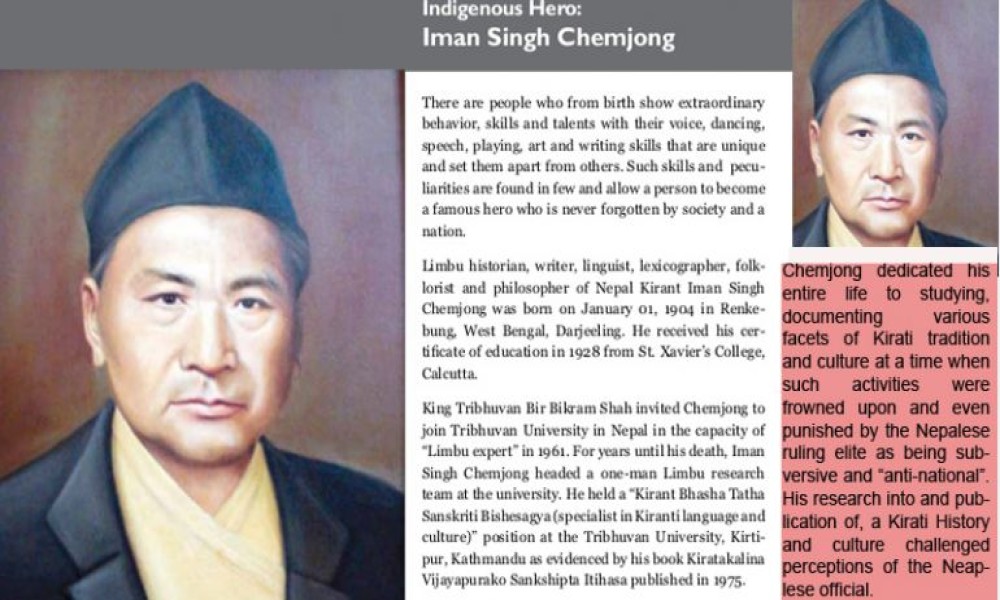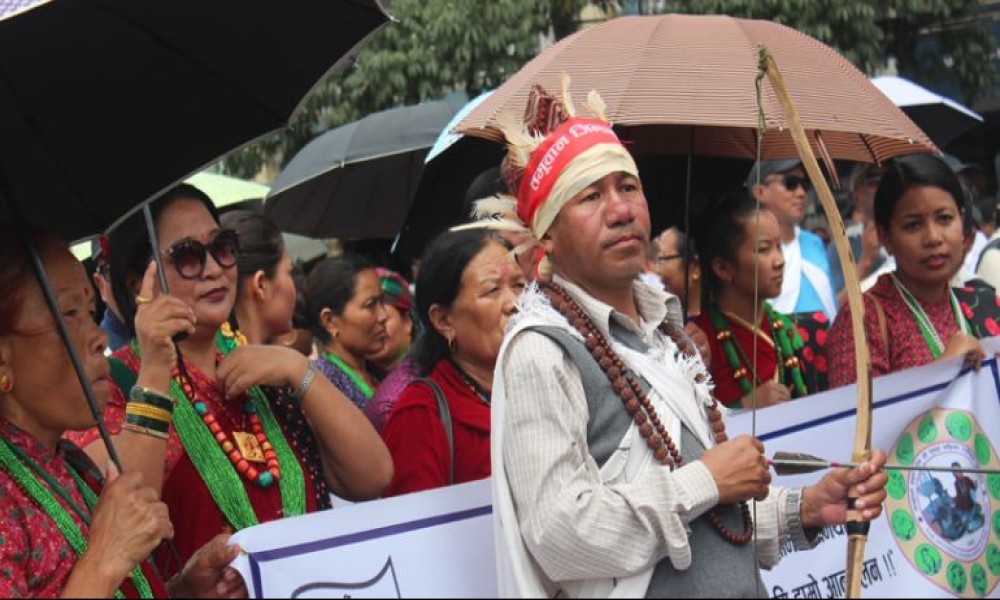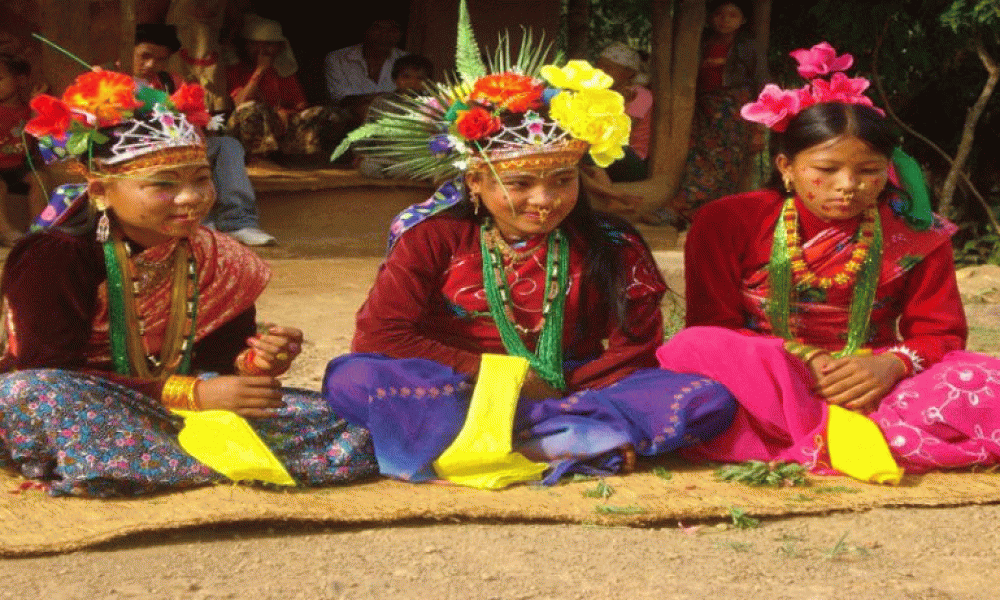Indu Tharu
I had been to Sauraha twice before, but it dawned on me only during my third trip that this tourist town was developed by uprooting local native people.
I was in Sauraha this time to understand the impact of the establishment of Chitwan National Park (CNP) on local indigenous and excluded communities: Tharu, Musahar, Bote and Chepang. After interacting with them, the idyllic image of Sauraha imprinted on my mind since my childhood changed completely.
I found out how the establishment of CNP has undermined indigenous people's identity; how they have been restricted from using local forest resources; how these restrictions have led to a loss of indigenous knowledge; how they have been deprived of proper compensation for the damage caused by wildlife; and how the park authorities have been meting out injustice to local people.
The establishment of CNP not only displaced local indigenous people, but it also threatened their identity. Before the CNP was established, local Bote and Musahar were known as fish-eating people. Their livelihood depended on fishing, and it had become an integral part of their ethnic identity. But when the CNP was created, they were not allowed to enter the park area for fishing. Whenever they entered the park, they were branded as 'poachers' and 'smugglers'. A Musahar elderly said: "The soldiers arrest us for fishing, which is our livelihood. We do not have land to cultivate. How are we to make a living? "
The soldiers deployed to protect the CNP often abuse, harass and arrest local indigenous people for entering the park area. Some are even beaten to death. In July 2020, Raj Kumar Chepang, a local indigenous man, was mercilessly beaten by an army patrol while collecting ghongi (freshwater snail). He died.
Local indigenous people know that entering the park area for fishing would risky. But they cannot help going there because this is how they have learned to make a living for generations.
Women have to suffer even more. Once, three Musahar women were arrested and kept in custody at Kasara, where the CNP is headquartered. They had left their babies at home. They were prevented from breastfeeding their babies for three days. Those arrested are compelled to pay a hefty fine. A Musahar woman angrily said: "Why do they fine us... to build a house?"
The CNP has issued fishing license but only to few people. Even the licensed people face restrictions. They are allowed to catch fish only in certain areas, and in daylight. Bote and Musahar have learned from their ancestors that fish come to riverbanks only at night. During day fish usually stay in the middle and dipper part of the river. But they are not allowed to catch fish at night.
Local indigenous people know that entering the park area for fishing would risky. But they cannot help going there because this is how they have learned to make a living for generations.
Before the CNP was established, local indigenous people were able to freely catch fish. But they would not fish recklessly. They would catch fish only just enough to feed their families. They would refrain from fishing during breeding season, so that fish population could thrive. They never dreamt of building a bungalow by fishing on a commercial scale.
Bote families in Madi would weave Nanglo, a flat round woven bamboo tray. They would go as far as to Amaltari to sell their bamboo products. After the CNP was established, they were no longer able to cut bamboo trees. Thus, they could not weave Nanglo any longer. Inside the park area, thousands of bamboo plants grow, dry out and eventually burn down during wildfire season. But they are not harvested. Authorities have never cared about allowing local indigenous people to make use of these dying bamboo trees.
Indigenous Tharu people grow three different crops: paddy, wheat and mustard. Their crops are frequently destroyed by wild animals. They find it difficult to prepare official papers to claim compensation. Even when they complete the paperwork, they are often undercompensated. Sometimes they end up spending more in completing the paperwork than the amount of compensation they get. A report by researcher Peter Gill has revealed that non-indigenous people get more compensation than indigenous people.
Local committees recognized by the CNP are not inclusive. Indigenous people, Dalit and women do not have their fair shares in these committees. Women's representation is very low in 22 user committees under the CNP. Three committees are chaired by Tharu and one each is chaired by Magar and Dalit. The remaining 17 committees are chaired by people from other ethnic communities.
According to a report by the Lawyers' Association for Human Rights of Nepalese Indigenous Peoples (LAHURNIP), over 60,000 Tharu, Kumal, Darai, Majhi and Bote families had been displaced from their ancestral homes in Meghauli, Paithani, Jagatpur, Bachhauli, Ayodhyapur and Kathar villages when the CNP was established. In Madi valley, which is surrounded by the park area, indigenous people make up 47% of the local population. However, despite having such a big share in Madi's population, indigenous people's share is very low in local buffer zone and forest user committees.
According to a report by the Lawyers' Association for Human Rights of Nepalese Indigenous Peoples (LAHURNIP), over 60,000 Tharu, Kumal, Darai, Majhi and Bote families had been displaced from their ancestral homes in Meghauli, Paithani, Jagatpur, Bachhauli, Ayodhyapur and Kathar villages when the CNP was established. In Madi valley, which is surrounded by the park area, indigenous people make up 47% of the local population. However, despite having such a big share in Madi's population, indigenous people's share is very low in local buffer zone and forest user committees.
All castes and gender groups have somewhat fair representations in Federal, Provincial and Local Governments. But why are local mechanisms in the CNP are so exclusionary? How are such exclusionary committees are receiving funding from organisations like the World Wildlife Fund (WWF)? Is WWF only concerned about forest and wildlife conservation at the cost of depriving indigenous people of their human rights? Are wild animals more valuable than human lives for WWF? The answer is probably yes. Why would WWF otherwise give an award to a person accused of being involved in the torture and murder of Sikharam Chaudhary? Chaudhary, a local indigenous man, was arrested on the charge of smuggling rhino horns, but the authorities were not able to gather enough proof to convict him.
In Nepal, national parks have been established by adopted a flawed policy of nature conservation. This conservation policy segregates humans from the nature. It conveniently ignores a fact: humans are a part of the nature. Separating indigenous people from the forest and wildlife -- which they have responsibly consumed and protected through generations -- is not the sustained way of nature conservation. There needs to be a system that would allow humans, forest and wildlife to co-exist, not without each other. In our protected areas, the authorities allow construction of concrete view towers. But indigenous people are not allowed to build their huts. Their huts are immediately set on fire. Four-wheelers can freely ply through the protected area, but indigenous people are not allowed to even walk through the jungle.
Those who have benefitted from national parks are happy because indigenous people have silently suffered displacement, erosion of identity and loss of their native knowledge. If they visit indigenous settlements, they will see that Tharu people -- who have been living on the brink of the national park -- have not built proper houses yet. They will see that Bote people have not made lots of profit by selling their Nanglo. They will see that Majhi or Musahar people have not built bungalows.
Unofficially translated from a Nepali article originally published in Himal Khabar


